Yes, physiotherapy is beneficial for a wide range of sports injuries. Whether it's a sprain, fracture, dislocation, or concussion, a skilled physiotherapist can develop a treatment plan to address your specific needs.

16/05/2023
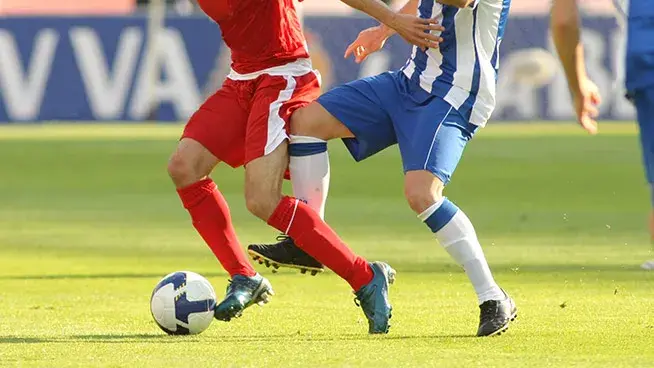
Sports injuries can be frustrating and debilitating, often leaving athletes feeling powerless and eager to get back to their active lifestyles. Whether you're an amateur enthusiast or a professional athlete, understanding the importance of physiotherapy in the recovery process is crucial. In this comprehensive guide, we will explore the various aspects of recovering from a sports injury and how physiotherapy plays a pivotal role in helping you regain strength, mobility, and confidence.

Sports injuries can occur during any physical activity, ranging from sprained ankles on the basketball court to concussions in contact sports like football. These injuries can disrupt your training routine, hinder performance, and even lead to long-term complications if not properly addressed. Physiotherapy offers a holistic approach to recovery, focusing on reducing pain, promoting healing, and restoring optimal function.
Before delving into the benefits of physiotherapy, it's essential to understand the different types of sports injuries and their causes.
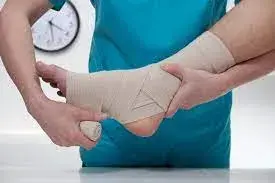
Sprains occur when ligaments, the connective tissues that support joints, are stretched or torn. Strains, on the other hand, involve the stretching or tearing of muscles or tendons. These injuries are common in sports that involve sudden changes in direction or impact, such as soccer or basketball.

Fractures refer to broken bones, which can range from hairline cracks to complete breaks. They often occur due to direct impact or excessive force on a particular bone. Sports like skiing or skateboarding carry a higher risk of fractures.

Dislocations happen when the bones in a joint are forced out of their normal positions. This injury can result in intense pain and require immediate medical attention. Contact sports like rugby or martial arts are associated with a higher incidence of dislocations.
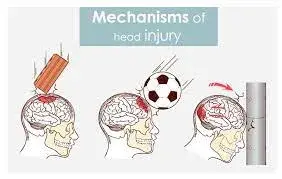
Concussions are mild traumatic brain injuries caused by a direct blow or jolt to the head. They can lead to symptoms such as headaches, dizziness, and confusion. Sports like football or boxing carry a higher risk of concussions.
Sports injuries can result from various factors, including:

Understanding the causes can help athletes take proactive measures to prevent future injuries.
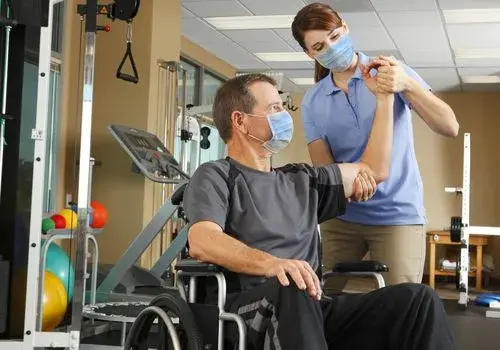
Physiotherapy is an integral part of the rehabilitation process for sports injuries. Skilled physiotherapists work closely with athletes to develop customized treatment plans tailored to their specific needs. Here are some key aspects of physiotherapy in the recovery journey:
Physiotherapy offers several benefits for sports injury recovery, including:


When you visit a physiotherapist, they will conduct a thorough assessment of your injury, taking into account your medical history, range of motion, and pain levels. Based on this evaluation, they will develop a personalized treatment plan that may include a combination of exercises, manual therapy techniques, and other modalities.
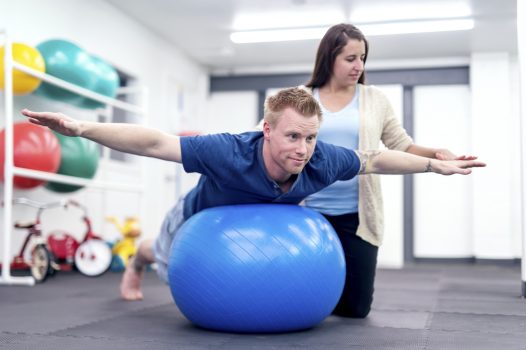
Rehabilitation exercises play a vital role in the recovery process. Physiotherapists prescribe specific exercises designed to target the affected area, gradually increasing intensity and difficulty as your condition improves. These exercises aim to strengthen muscles, improve flexibility, and restore full functionality.

Manual therapy techniques, such as joint mobilization and soft tissue massage, are used by physiotherapists to reduce pain, improve range of motion, and promote healing. These hands-on techniques can effectively release tension, improve circulation, and restore tissue integrity.
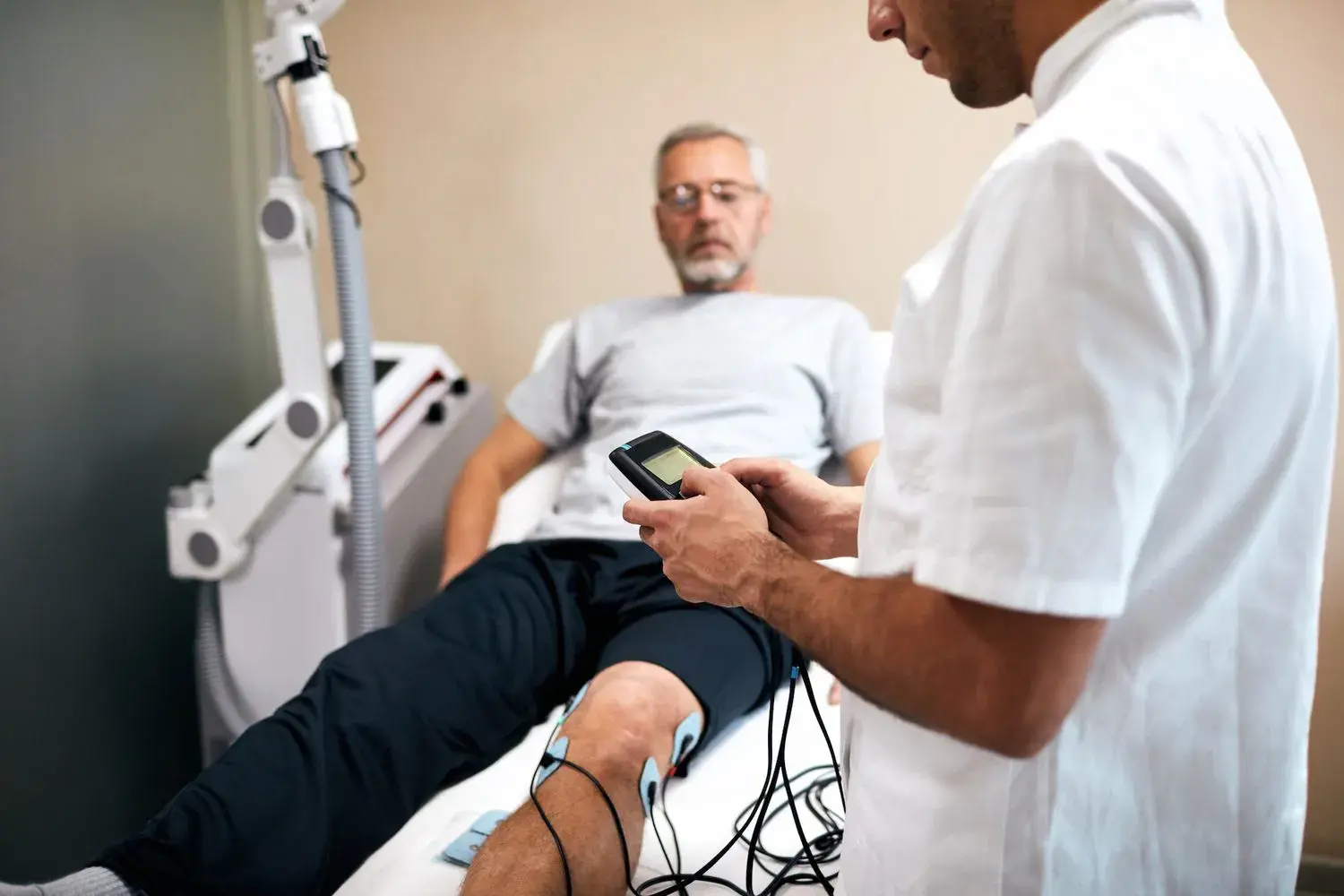
Physiotherapists may also employ various modalities and therapeutic equipment to aid in the recovery process. These can include heat or cold therapy, ultrasound, electrical stimulation, and therapeutic taping. Each modality serves a specific purpose in facilitating healing and reducing pain.
The process of physiotherapy for sports injury recovery typically involves three main stages:

During the acute phase, immediate care is focused on managing pain and inflammation. Physiotherapists may recommend rest, ice, compression, and elevation (RICE) to alleviate discomfort. Gentle range of motion exercises and modalities may also be introduced to promote healing.

In the subacute phase, as the initial pain and inflammation subside, physiotherapists will guide you through progressive exercises to restore strength, stability, and function. Manual therapy techniques and modalities continue to support the healing process.

The chronic phase focuses on long-term rehabilitation and prevention of future injuries. Physiotherapists will work with you to develop a comprehensive exercise program, addressing any residual weaknesses or imbalances. They may also provide guidance on injury prevention strategies and techniques to optimize performance.
While physiotherapy plays a significant role in the recovery process , there are several tips that athletes can follow to maximize their chances of successful rehabilitation:

It's essential to adhere to the guidance provided by your physiotherapist. This includes faithfully performing prescribed exercises, attending regular sessions, and following any specific instructions regarding rest and activity modification.

Returning to sports or physical activity should be a gradual process. Rushing back too soon can increase the risk of re-injury. Work closely with your physiotherapist to develop a progressive plan that allows your body to adapt and regain strength safely.

A balanced diet rich in essential nutrients is crucial for tissue repair and recovery. Ensure you're consuming an adequate amount of protein, vitamins, and minerals. Hydration is also essential for optimal tissue function, so drink enough water throughout the day

Dealing with a sports injury can take a toll on your mental well-being. Seek emotional support from family, friends, or professionals to help you cope with the challenges of recovery. Positive emotional health can contribute to overall healing and resilience.

To reap the maximum benefits, it's essential to incorporate these exercises into your daily routine. Start with a few repetitions and gradually increase as you become more comfortable. Consistency is key to seeing improvements in your posture.
Recovering from a sports injury requires a comprehensive approach, and physiotherapy is an essential component of the rehabilitation process. By understanding the different types of sports injuries, the role of physiotherapy, and following expert guidance, athletes can navigate the recovery journey successfully. Remember, patience, dedication, and collaboration with your physiotherapist are key to achieving a full and healthy recovery.
The recovery process can vary depending on the type and severity of the injury. Mild injuries may take a few weeks, while more severe injuries may require several months. Your physiotherapist will provide a more accurate estimate based on your specific case.
Yes, physiotherapy is beneficial for a wide range of sports injuries. Whether it's a sprain, fracture, dislocation, or concussion, a skilled physiotherapist can develop a treatment plan to address your specific needs.
While physiotherapy cannot guarantee the prevention of all sports injuries, it can significantly reduce the risk. Through proper conditioning exercises, biomechanical analysis, and injury prevention strategies, physiotherapists can help athletes minimize their chances of getting injured.
The number of physiotherapy sessions required varies depending on the injury, the individual's response to treatment, and other factors. It can range from a few sessions to several months of ongoing rehabilitation. Your physiotherapist will assess your progress and adjust the treatment plan accordingly.
When choosing a physiotherapist, consider their qualifications, experience, and specialization in sports injuries. It's also essential to find someone with whom you feel comfortable and can establish good communication. Ask for recommendations from trusted sources and read reviews to make an informed decision.

Back pain is a common ailment that affects millions of people worldwide. It can be caused..
Read more